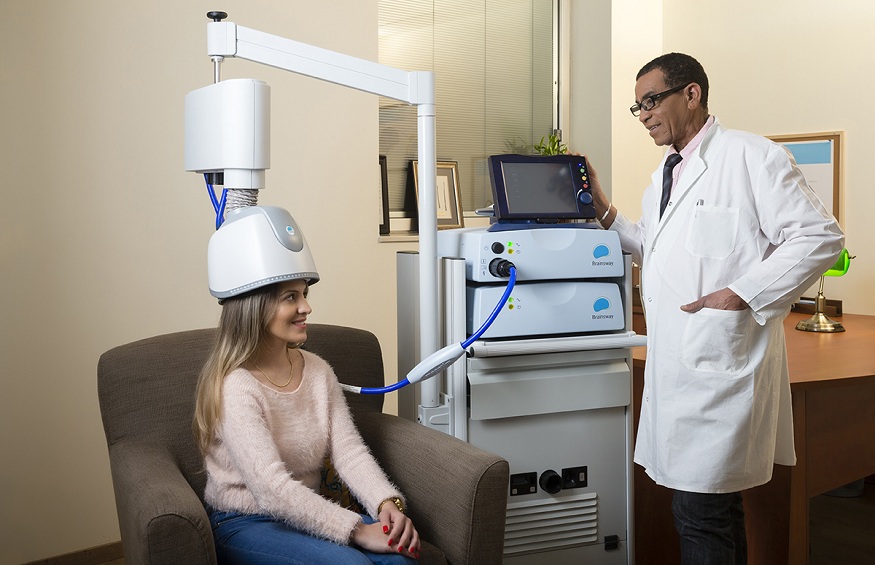Transcranial Magnetic Stimulation [TMS] has given hope to people combating against treatment-resistant depression and other metal issues. It is an advanced technology but how does it work?

Before you visit the reliable Bella Vida TMS Center, it is wise to understand the science behind magnetic pulse stimulation and how a coil affects your brains and regulates mood.
The powerful core of TMS is electromagnetism. The machine makes use of electromagnetic coil, generally shaped like a figure-8. The coil is placed near your scalp. When a current flows rapidly through this coil, a brief but potent magnetic field is generated. Unlike the fridge magnets, this magnetic field is designed to penetrate your skull.
As soon as the magnetic field breaches your skull, it interacts with brain tissue. Neurons are the communication cells in your brain. The magnetic field fluctuates rapidly, which induces tiny electric currents within your brain region directly beneath the coil. These current are weak but strong enough to influence the activity of nearby neurons.
The effects of induced currents depend on frequency and intensity of magnetic pulses. To treat depression, TMS aims t increase activity in underactive zones of the brains, especially the dorsolateral prefrontal cortex [DLPFC]. This area is heavily involved in mood regulations. According to research, people struggling with depression may have less activity in this area.
Delivering repetitive magnetic pulses to DLPFC, TMS stimulates the neurons, which increases activity and enhance communication between them. The increase in neuron activity helps to reinstate a balance within the targeted brain area. It ultimately reduces your depressive symptoms.
However, how TMS exactly applies its therapeutic effects is still under research. Another study reports that TMS can stimulate the release of crucial neurotransmitter like serotonin, dopamine, and norepinephrine. These are all involved in mood regulation. Influencing these neurotransmitters, TMS can help to create a more favorable chemical environment within your brain. It will lead to improved mood and reduced symptoms.
Another potential mechanism involves neuroplasticity. Neuroplasticity means the remarkable ability of your brain to adapt and change throughout life. TMS may stimulate the growth of new connections between neurons in the targeted brain area. This enhanced connectivity can lead to more efficient communication within your brain.
The consequences of TMS are not instantly noticeable, so needs multiple treatment courses [daily sessions] to achieve optimal results.






Leave a Reply
You must be logged in to post a comment.